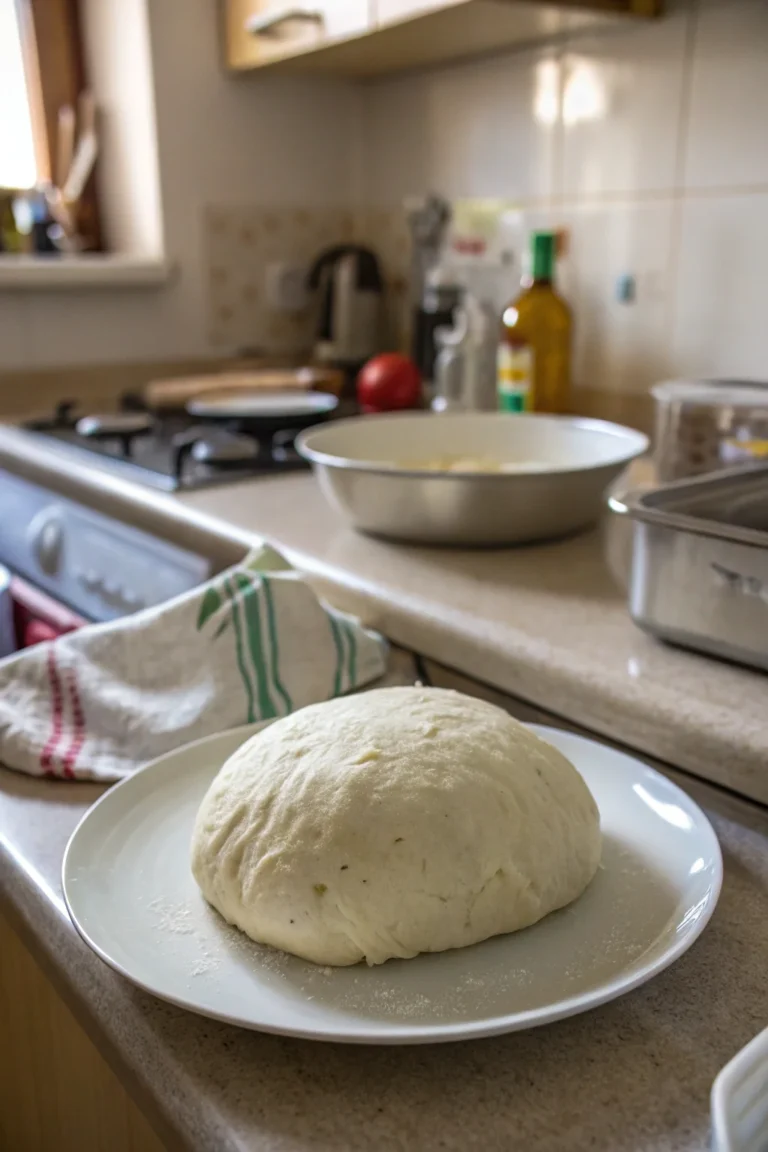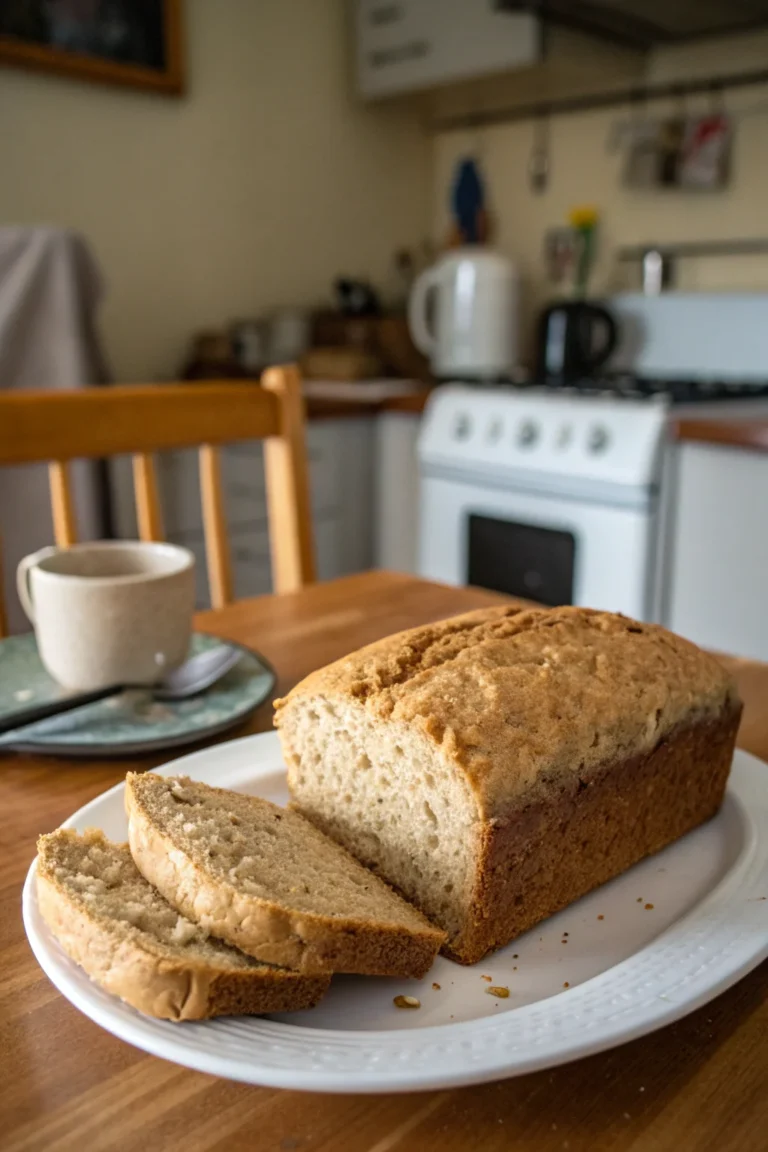Can You Freeze Soup with Cream or Milk?
Freezing soups can be a fantastic way to save time and reduce waste. However, when it comes to soups with cream or milk, things can get a bit tricky. In this guide, we’ll explore the best practices for freezing creamy soups, ensuring they remain delicious and safe to eat. Let’s dive into the frequently asked questions about freezing soups with cream or milk.
Table of Contents
Can You Freeze Soup with Cream or Milk Safely?

Yes, you can freeze soup with cream or milk, but there are some caveats. Dairy-based soups tend to separate and become grainy when frozen and thawed. To minimize this, consider the following tips:
- Cool the Soup: Before freezing, let the soup cool completely to prevent the cream or milk from curdling. Rapid cooling is essential not only to maintain the integrity of the dairy but also to enhance the overall flavor preservation. To speed up cooling, place the pot in a sink filled with ice water, stirring occasionally to distribute the heat evenly.
- Use Airtight Containers: Store the soup in airtight containers to prevent freezer burn, which can significantly alter the taste and texture. Glass containers with tight-sealing lids, heavy-duty freezer bags, or vacuum sealers are ideal. Ensure the containers are freezer-safe to avoid any cracks or leaks that could lead to contamination.
- Leave Space: Allow some space for expansion as the soup freezes. Liquids expand when frozen, so leave about an inch of space at the top of your container to prevent it from bursting. This is especially important for soups with a higher liquid content, as they are more prone to expansion and potential overflow.
When storing food, safety is paramount. For more on storing food safely, check out Food Safety Tips.
How Does Freezing Affect the Texture of Creamy Soups?
Freezing can alter the texture of creamy soups, often causing them to become grainy or separate upon thawing. This is due to the fat in the cream or milk, which can break down and separate from the liquid. To help maintain the texture:
- Stir Well: After thawing, stir the soup thoroughly to reincorporate the ingredients. A vigorous stir can help re-emulsify the fat and water, giving the soup a more cohesive texture. If you’re dealing with a particularly stubborn separation, whisking the soup can also be effective.
- Reheat Gently: Use low heat to reheat the soup, avoiding boiling which can exacerbate separation. A double boiler or a heavy-bottomed pan can distribute heat more evenly, preventing the soup from scorching. Stir continuously to maintain a smooth consistency.
- Blend Again: Consider using an immersion blender to achieve a smoother texture after thawing. This can help break down any clumps and restore the soup’s original creamy consistency. If you don’t have an immersion blender, a regular blender can work, but ensure the soup is cooled slightly to prevent splattering.
What Types of Creamy Soups Freeze Well?
Some creamy soups freeze better than others. Soups with a higher ratio of solids to liquids, like chowders or those with pureed vegetables, tend to hold up better. Consider these examples:
- Potato Soup: Thick and hearty, it freezes better compared to lighter creams. The starch in potatoes helps bind the liquid, maintaining a more uniform texture. To enhance freezing results, consider slightly undercooking potatoes before freezing, as they can soften further upon reheating.
- Butternut Squash Soup: Pureed soups generally maintain their texture well. The natural sugars in squash can act as a stabilizer, reducing separation. Adding a dash of nutmeg or cinnamon can enhance the flavor profile upon reheating, making the soup taste freshly made.
- Chowders: These can be frozen if reheated carefully. Chowders often contain ingredients like corn or seafood, which can add texture and prevent the soup from becoming too thin after freezing. When incorporating seafood, ensure it is cooked before freezing to maintain its integrity and flavor.
Always label your soup with the date and type before freezing. This not only helps with organization but also ensures you consume the soup within its optimal storage period.
Should You Add Cream or Milk Before or After Freezing?
For the best results, add cream or milk after thawing. This prevents the dairy from curdling or separating during the freezing process. Here’s how:
- Prepare Base: Cook the soup base without cream or milk. This allows the flavors to meld without the risk of dairy separating during freezing. You can enhance the flavor of the base by adding herbs and spices that will develop over time during storage.
- Freeze Base: Cool and freeze the base. By freezing the soup without dairy, you can maintain its quality and extend its storage life. This method also offers flexibility, allowing you to adapt the creaminess upon reheating based on personal preference or dietary needs.
- Add Dairy Upon Reheating: Once thawed, gently reheat and add cream or milk just before serving. This method ensures the dairy maintains its creamy texture and rich flavor. Consider warming the cream or milk slightly before adding it to prevent curdling.
How Long Can You Store Creamy Soup in the Freezer?

Creamy soups can be stored in the freezer for up to 2-3 months. After this period, the quality may begin to degrade. To ensure safety and quality:
- Label Clearly: Include the date on the container. This allows you to track the storage time and prioritize older soups for consumption. It’s a good practice to include reheating instructions on the label as well, especially if others will be consuming the soup.
- Check for Signs of Spoilage: Look for changes in color or odor when thawed. Fresh soup should smell inviting; any sour or off odors are a sign that the soup should not be consumed. Texture changes can also indicate spoilage, such as excessive clumping or an unexpected layer of oil.
For more guidelines on food storage, visit USDA Food Safety.
Can You Reheat Creamy Soup After Freezing?
Yes, you can reheat creamy soup after freezing, but do so gently. Follow these steps:
- Thaw Overnight: Move the soup from freezer to refrigerator to thaw overnight. Slow thawing helps the ingredients reincorporate and reduces the risk of separation. If you’re in a pinch, you can use a cold water bath to expedite thawing, but this requires more attention.
- Reheat Slowly: Use low heat on the stovetop, stirring frequently. Regular stirring helps maintain an even temperature and prevents the base from overheating. If reheating in a microwave, use a microwave-safe container and stir between intervals to ensure even heating.
- Avoid Boiling: Prevent the soup from boiling to maintain texture. High heat can cause cream to curdle, leading to an unappealing texture. A gentle simmer is sufficient to bring the soup to serving temperature without compromising quality.
What Are Common Mistakes When Freezing Creamy Soups?
Avoid these common mistakes to ensure the best results:
- Freezing Too Hot: Always cool soup before freezing. Hot soup can raise the temperature in the freezer, affecting other stored foods. Sudden temperature changes can also affect the soup’s texture.
- Not Leaving Space: Allow room for expansion in containers. This prevents pressure build-up which can cause containers to crack. Overfilled containers are more likely to leak, leading to potential contamination.
- Boiling After Thawing: Use gentle heat to prevent curdling. Boiling can cause dairy proteins to coagulate, leading to a grainy texture. If you notice curdling, try adding a small amount of fresh cream to smooth out the texture.
Can You Freeze Soups with Coconut Milk?
Yes, soups with coconut milk can be frozen and tend to fare better than those with dairy. Coconut milk doesn’t separate as easily and maintains a smoother texture once thawed. Just follow the same freezing tips for the best results.
Coconut milk can also add a subtle sweetness and rich flavor to soups, making it a versatile choice for freezing. It’s a great alternative for those who are lactose intolerant or prefer plant-based options. To enhance the flavor, consider adding a splash of lime juice or a sprinkle of cilantro upon reheating.
How Do You Thaw Creamy Soup Properly?
Proper thawing is crucial for creamy soups:
- Refrigerator Method: Place the frozen soup in the refrigerator overnight. This slow thawing method preserves the soup’s flavor and texture. It also keeps the soup at a safe temperature, reducing the risk of bacterial growth.
- Cold Water Bath: For quicker thawing, use a sealed bag and place it in cold water. Change the water every 30 minutes to speed up the process. This method requires more attention but is effective in reducing thaw time without sacrificing quality.
- Avoid Microwaving from Frozen: This can cause uneven heating and texture changes. If microwaving is necessary, use a low power setting and stir often. Ensure the container is microwave-safe to prevent accidents.
What Are Some Creative Ways to Use Thawed Creamy Soup?
Thawed creamy soup can be used in various ways:
- Sauce Base: Use as a base for pasta sauces. The soup’s flavors can enhance the depth and richness of your sauce. Consider adding herbs like basil or thyme to complement the existing flavors.
- Casserole Addition: Mix into casseroles for added flavor. The creamy soup can act as a binder, keeping the casserole moist. This is particularly effective with rice or noodle-based casseroles.
- Pot Pie Filling: Incorporate into pot pies for creaminess. The soup adds both flavor and texture, making the filling more luscious. For added texture, mix in fresh vegetables or cooked diced chicken before baking.
Are There Alternatives to Cream for Freezing Soups?
If you’re preparing soup specifically for freezing, consider these alternatives:
- Coconut Milk: As mentioned, it freezes well and maintains texture. It also adds a unique flavor profile to the soup. Coconut milk pairs well with spices like curry powder or turmeric for an added kick.
- Evaporated Milk: Less prone to separation compared to fresh cream. It provides a creamy texture without the risk of curdling. Evaporated milk works well in soups that already have a robust flavor profile.
- Cashew Cream: A dairy-free option that also holds up well. Soak cashews and blend them into a smooth paste for a rich, creamy alternative. This option is perfect for those seeking a nutty undertone in their soups.
Can You Freeze Soups with Cheese?
Yes, but like cream, cheese can also separate. To mitigate this:
- Add Cheese After Thawing: This prevents clumping. By adding cheese during the reheating process, you ensure it melts smoothly into the soup. If using hard cheese, grate it finely to aid melting.
- Use Shredded Cheese: It melts more evenly when reheated. Pre-shredded cheese is a convenient option that integrates easily into soups. Opt for cheeses like cheddar or mozzarella for a smooth melt.
Wrap-Up
Freezing soup with cream or milk is possible with a little planning and care. By following these tips and understanding the potential challenges, you can enjoy creamy soups from the freezer without sacrificing flavor or texture. Always remember to label your containers clearly, use high-quality airtight storage, and gently reheat to preserve the soup’s original quality. For more cooking and storage tips, explore our Soup Freezing Guide. Happy cooking!






